Things don’t always go according to plan. Teachers know this better than most.
It’s difficult to follow an agenda when dealing with different student personalities and abilities, in-class disturbances, and external distractions. While you may intend to stick to your lesson plans, the painful reality is that most days won’t follow that plan.
That’s why it’s important to be able to adjust lesson plans and classroom procedures on the fly.
Leila Christenbury, a professor at Virginia Commonwealth University and former high school English teacher, stresses the importance of this flexibility for teachers in their planning and teaching. She believes “good teaching comes not from following a recipe, but from consistently putting student needs first.”
But sometimes putting students’ needs first throws your lesson plans off course. While making changes can be uncomfortable, these tips can help you be more at ease when things don’t go according to plan.
1. Be flexible and responsive to the classroom atmosphere
You know that glazed look your students sometimes get? Or how nobody has a question when you’re teaching completely new material? How about that pop quiz everyone struggled with?
These are all common indicators that your lessons aren’t going according to plan, and you may need to make some adjustments.
When you maintain a little flexibility in your planning, you can adapt to the evolving needs of your classroom. One benefit of doing this? It helps you maintain control. Your students look to you to be in charge and lead them even when lessons get off track. If things aren’t going the way you want, a flexible attitude will keep you from losing control of the class.
Second, being flexible lets you customize lessons to meet individual student needs. Students will disengage when they don’t understand what is being taught. Flexibility lets you turn your attention to the students who need it most.
Educator and author Melissa Kelly argues that one of the fundamental tenets of teaching is constant change. Though it can be stressful, if you anticipate and remain open to that change, you can mitigate the stress.
Just so you know
Create tests and quizzes, gather student feedback, and more with Jotform’s powerful online education forms.
2. Take advantage of teachable moments
Sometimes your students will present you with unplanned teachable moments. Be willing to capitalize on these moments and engage your students.
Teachable moments are powerful because, in those moments, the learner better understands what is being taught and what they can learn, says John Brown, clinical associate professor of education at the University of Massachusetts at Lowell. These moments can be difficult for teachers because they derail the lesson plans, but they should be considered a gift, not a distraction, Brown says.
In these moments, students tend to be more engaged, asking questions and seeking answers to help them understand concepts. Though the moments may center on one or two students, all of your students will benefit from the opportunity for better understanding.
This is why teachers must celebrate teachable moments and try to encourage them to happen more often in class, writes Jon Konen, principal at Great Falls Public Schools. During these moments, students don’t want to stop learning about the subject at hand, but most of the time, they don’t even realize they are learning at a higher level of comprehension.
3. Have more than one lesson plan prepared
Since you are likely to experience interruptions in your lesson plans, it’s a good idea to have more than one lesson plan prepared.
When making backup plans, note which parts of your original lesson you can bypass if you run low on time, the TESOL International Association says. TESOL also encourages teachers to decide what can be added to the lesson if it doesn’t take as long as planned. This advanced planning allows you to make quick changes in class without wasting valuable time.
These backup plans don’t have to be as formal or targeted as your first plan, but they should work to keep learning on track for a particular lesson. Education writer and former science teacher Janelle Cox shares how she learned this lesson the hard way when her whiteboard quit working 10 minutes into class and she wasn’t prepared for the downtime. From then on, she always made sure to have a backup plan.
Creating backup plans is a simple way to prepare for the unexpected. That way, when lessons are disrupted, you aren’t left floundering.
4. Create digital lesson plans to facilitate on-the-fly adjustments
Digital lesson plans reduce the stress and work involved in changing your lesson plans.
Otis Kriegel, teacher and education writer, explains that making changes to his lesson plans got easier when he made the switch to digital lesson plans. Though he enjoyed using paper and pen for lesson planning, he recognized that the method was not as conducive to real-time adjustments.
Nobody wants to adjust lesson plans after spending so much time creating them, but it’s almost guaranteed that one day things won’t go as planned. It is easy to get stressed and disoriented when distractions throw your lesson plans off course, but there’s no reason to panic. You can still have a productive day in class by going with the flow and adjusting your plans accordingly.







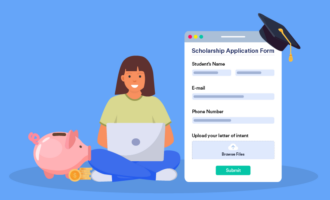













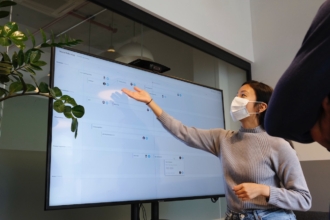
















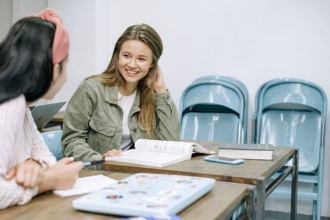

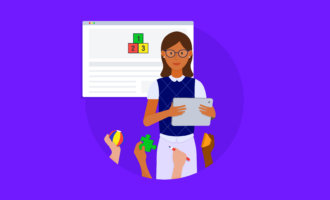






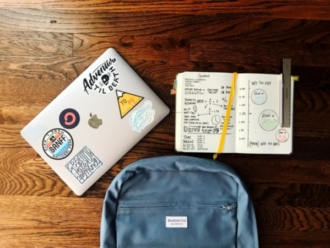












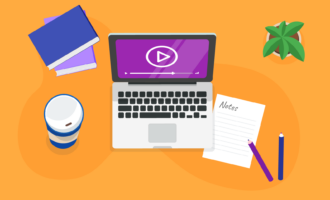











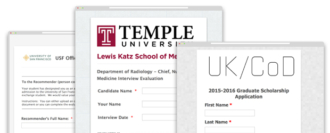

















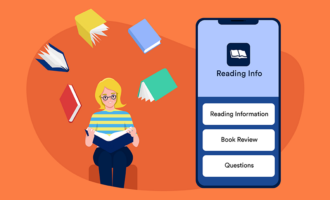













Send Comment: